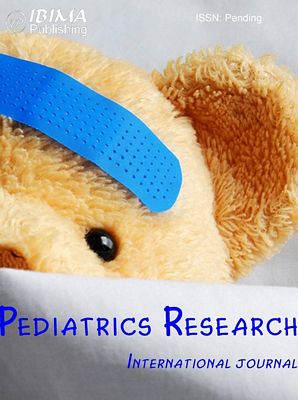Abstract
Cleft malformations belong to the most common facial congenital defects. This study compares the impact of early and late reconstruction of complete unilateral cleft lip and palate on the growth and development of the posterior part of dentoalveolar arch. Maxillary dental casts of 35 infants were used for analyses. They were divided into 2 groups according to the timing of the lip reconstruction (group A – casts of 25 infants with early cheiloplasty and group B – casts of 10 infants with late cheiloplasty). Maxillary dental casts were taken in four periods (at the age of 14 days, 3, 6 and 12 months). The middle arch width (M-M´) and intertuberosity width (T-T´) of both groups were measured and compared. This comparison showed significant differences between these two groups of infants in some periods. Early cheiloplasty has significantly affected the width of posterior part of maxillary arch. The growth of posterior part was faster in the group with early lip reconstruction.



